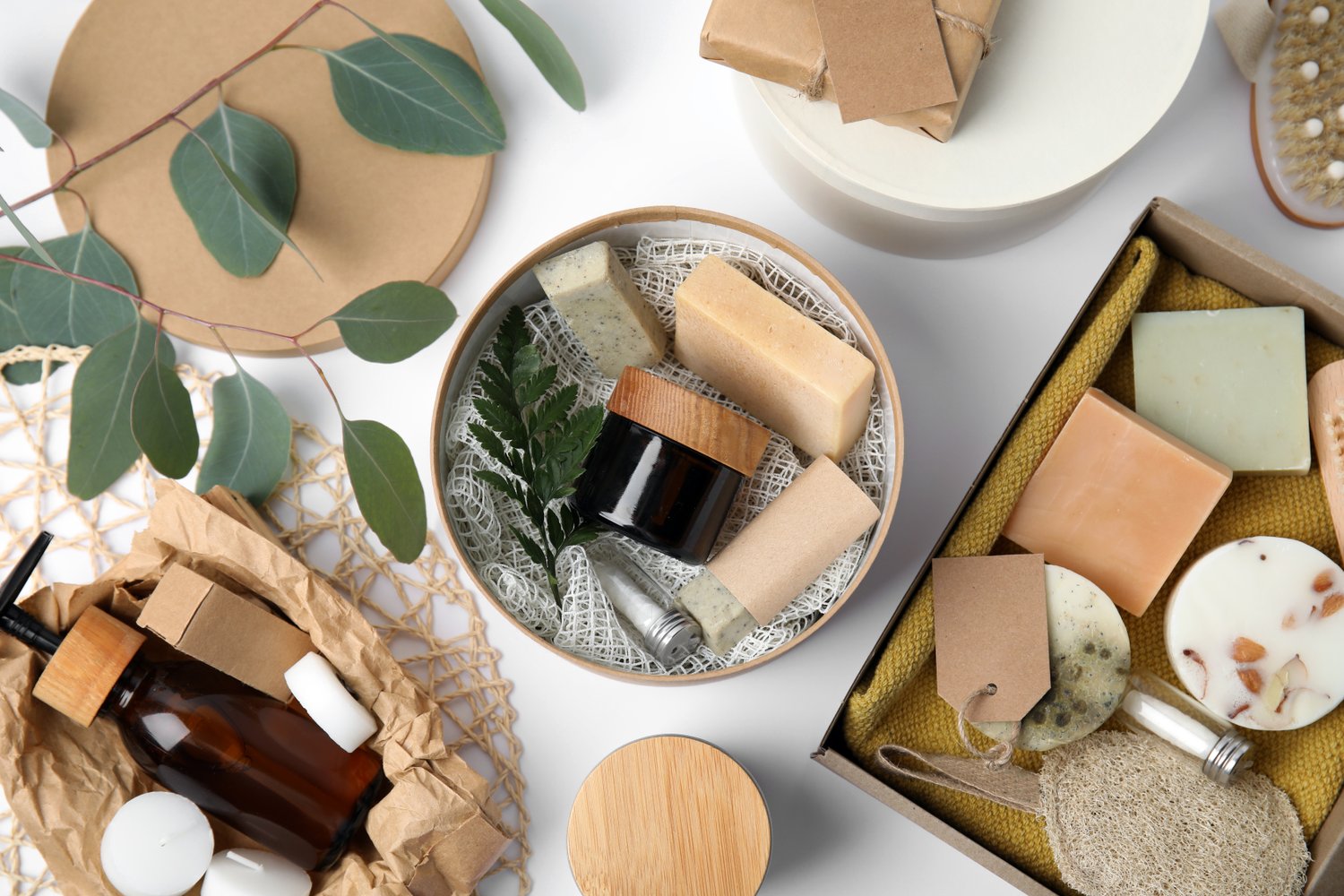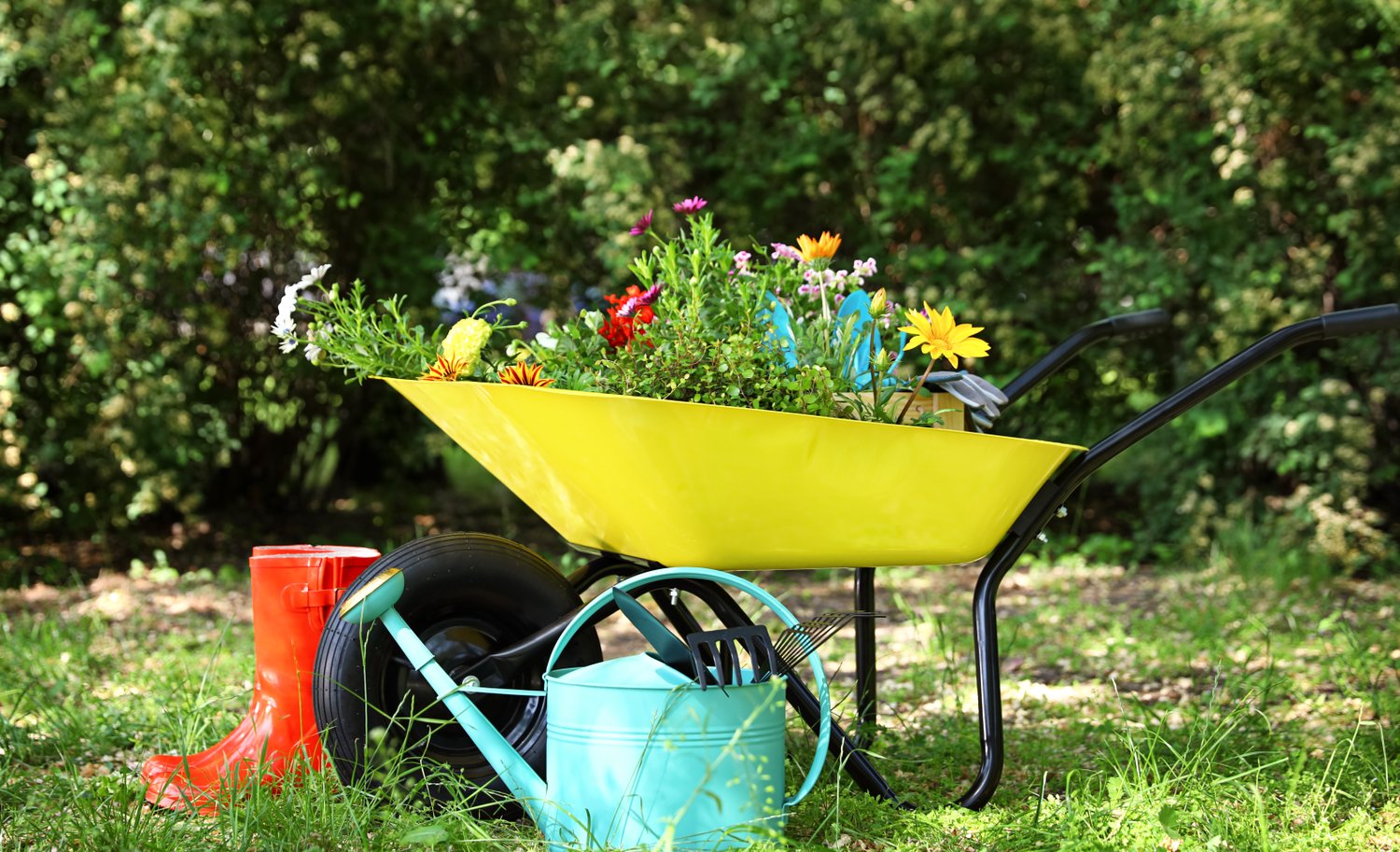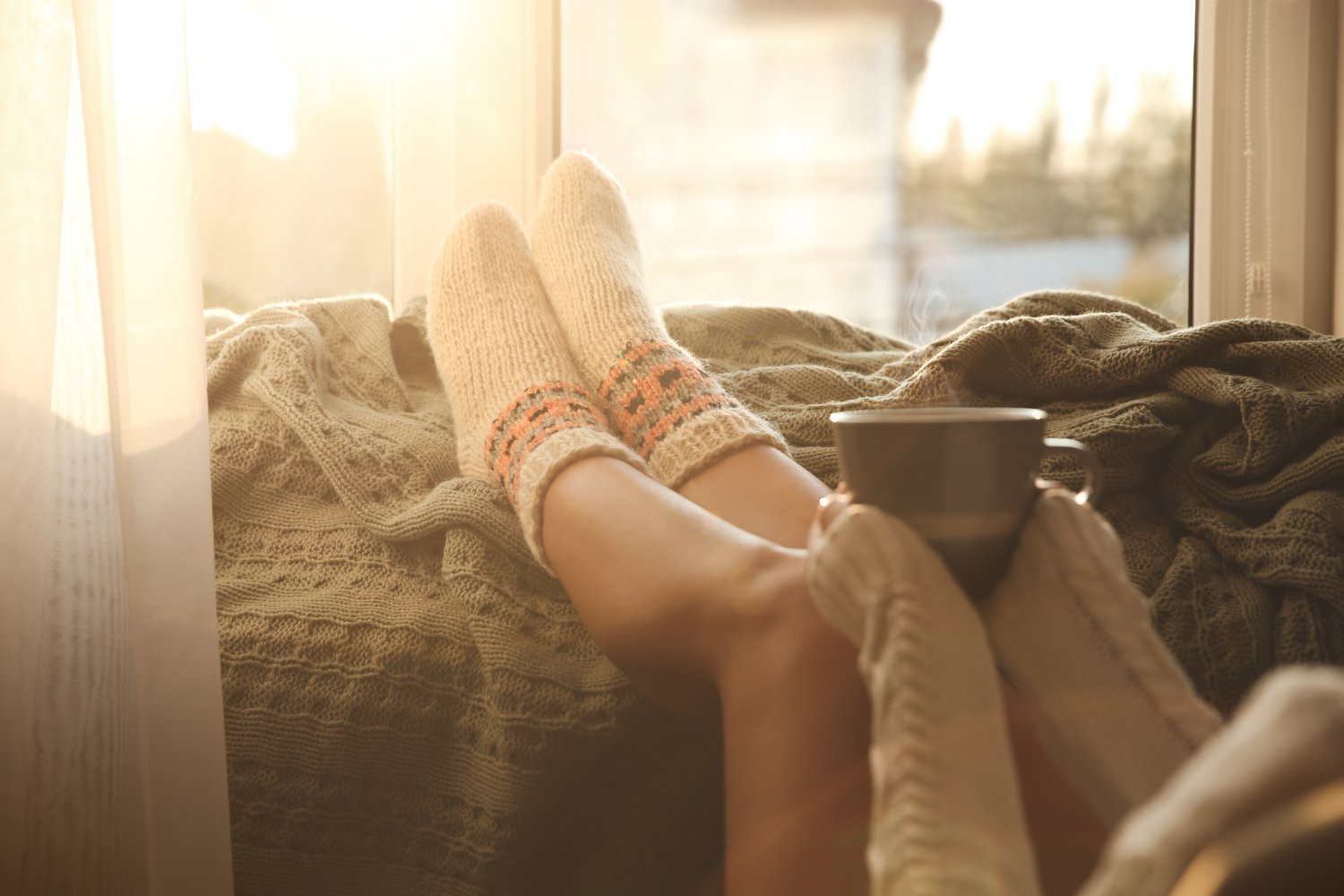We live in a society where we don't value our things and always consume more resources than we need, disposing of items quickly and easily. Think about how much garbage per month one person produces in the process of life. And a year? And if it's a family of four?
As of the moment, humanity has reached that level of garbage production that it is already not possible to bury; it is too much trash to put anywhere. Almost everything that we dispose of during our lives ends up in landfills that are very harmful to the environment. Landfills emit approximately 20% of the planet's methane since the garbage has no access to oxygen to decompose properly. The toxic substances from cleaning products, batteries, and small electronics (and other items that should not be sent to landfills) infiltrate into the soil and get into the ocean and ground, along with rainwater. A lot of garbage does not even end up in a landfill. Instead, it stays alongside the roads or drifts in the ocean. Plastic from waste is hazardous to the ocean, marine life, and our health. The micro-plastic particles can be found in 90% of the water that we drink. It is just terrifying.
It is difficult to change something in the system as we are used to it. However, it is possible to take little steps in making changes, as together, we can do many good things. Have you heard of the Zero Waste movement? Zero waste is a trend and a philosophy based on the concept of reducing waste as much as possible. The idea developed into a trend and even became a movement thanks to Bea Johnson, who was obsessed with making her home waste-free after the publication of the article in the New York Times. Bea's three main principles are: reduce, reuse, recycle. She proves that it is necessary to sort waste, use biodegradable packaging, and produce very little or no garbage at all.

Bea, of course, has her supporters, but also her opponents who did not see the point equaling the idea to degrading and rolling back to an old style of living. Also, they state that eco-style items are expensive and are not worth buying. Another myth opponents believe is that living a zero-waste lifestyle is very difficult, as it is almost impossible to produce less garbage, which means there is no point in trying.
Critics' opinions started to change after Bea published their home pictures in the mass media. You may overview similar examples in our Zero Waste stock images collection.
People realized that following the zero waste home movement has its significant advantages:
- the number of unnecessary things at home decreases, it becomes easier to maintain cleanliness;
- visible health improvements that include hair, nails, and skin due to all-natural products;
- savings get higher, the ability to spend money, not on disposable things, but self-development or travel;
- good for the planet.
Start supporting Zero Waste living by doing these little steps, also named 5-R, to reduce the trash footprint and help to popularize good habits.
5 Steps for a zero waste lifestyle
Step 1. Refuse
Refuse from getting unnecessary things. It is especially relevant today when people purchase even useless goods just because they are advertised or for the sake of shopping. It's an obvious fact that if we buy fewer things, fewer products will go to waste.
When it comes to shopping, try to refuse to buy anything wrapped in plastic or plastic packaging and resist the unnecessary urge to toss the item in a plastic bag. In most cases, we do not need any plastic to bring and carry products in, but some goods cannot be sold in other types of packaging. Therefore, substitute the plastic packaging with other reusable items such as eco-bags, mesh bags for groceries, lunch containers, water flasks, or tumblers whenever possible.
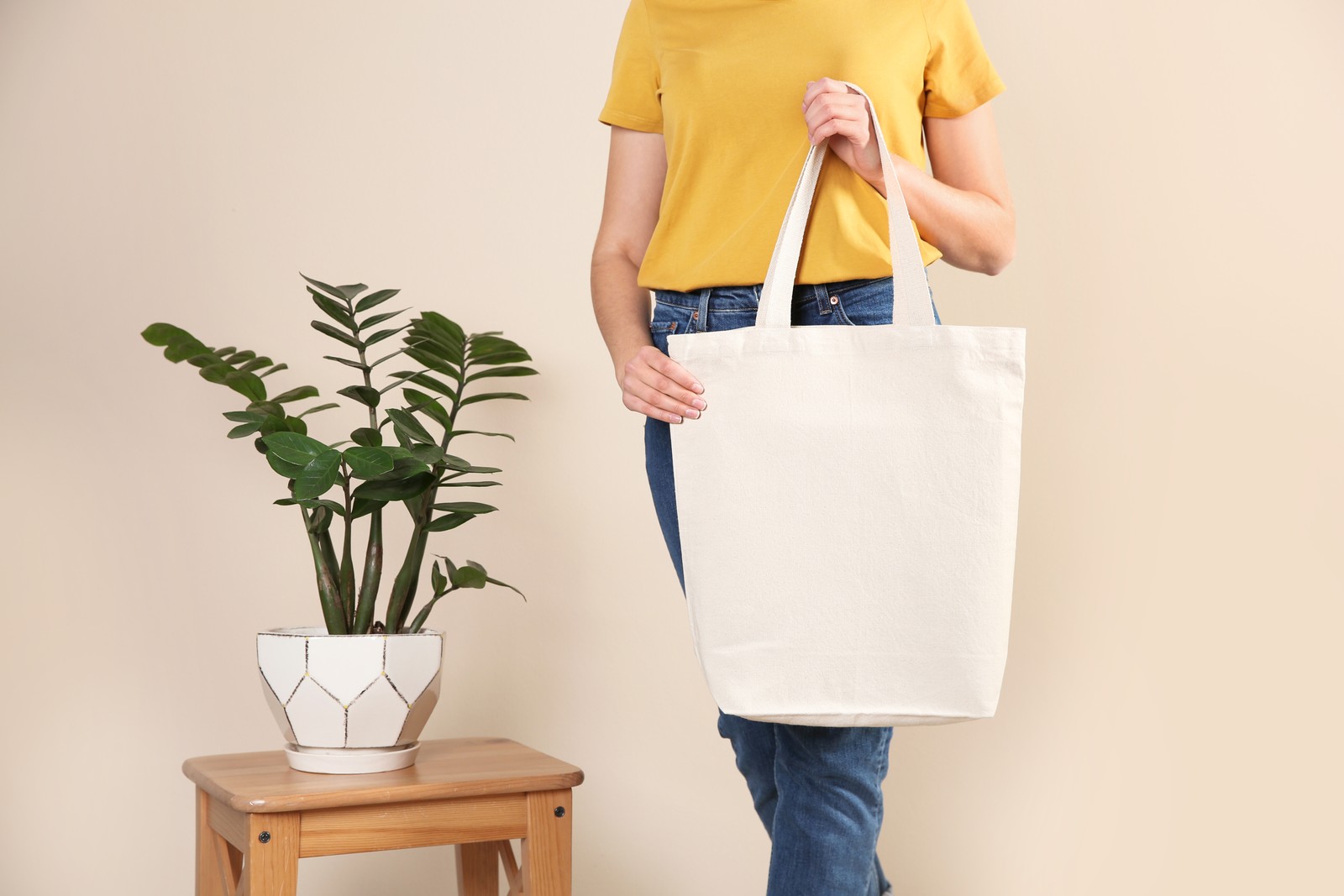
Step 2. Reduce
Bea Johnson got convinced from her own experience that 80% of all items that we have in our household are not essential. If you decide to declutter your house, you will get surprised at how many unnecessary things we own, but do not hurry to throw them away. The items that you do not like anymore but are still in good condition may be sold or donated to someone in need and make someone else happy.
If you check your bathroom, you may realize that you do not need that many bottles, and you were buying them because of advertisements. Have you tried to purchase DIY cosmetics that are not commercialized but even better than store-bought brands? Nowadays, there are plenty of choices for soap, shampoo, toothpaste, and body lotions that are not only good quality but are harmless to the environment since they use only natural ingredients, such as coffee grounds, sugar, and coconut oil. In addition, you could make your own cleaning agents! For example, some household chemicals and bathroom cleansers may be replaced with a mix of baking soda and vinegar. You could make the dishwashing liquid by mixing washing soda, castile soap, glycerine, essential oils, and water. Why pay more if you can spend less and do a good thing at the same time?

Step 3. Reuse
Our world is overwhelmed by the number of existing goods that will be enough for a few subsequent generations, but marketing makes us buy more and more. In most cases, the existing items are in good condition, so they may be reused, upcycled, or repurposed. The most shining example of unnecessary manufacturing is fast fashion, when the amount of items produced exceeds the demand significantly. The things that were not sold ended up in landfills, not speaking of unethical conditions in how these clothes were made. Stick to slow fashion and invest in practical, good-quality items that you could use for years. Exchanging, sharing, or buying preloved things are lovely ideas, too.
Instead of disposable items, stick to reusable items made from high-quality, sustainable materials that will last a long time and can be disposed of without any problems. Suppose everybody follows this simple step in their routine. In that case, manufacturers will have to review their strategies and become more responsible in making durable, long-living items that will significantly decrease the amount of trash and toxic waste.

Step 4. Recycle
The most important thing that everybody should know is that recycling is not the ultimate solution for resolving trash and waste problems. Unfortunately, not everything may be recycled, and it will end up in the landfill anyway. In addition, recycling requires such resources as air and water that may get polluted during the process. Therefore, we should be responsible and recycle only the things that may not be refused, repurposed, or handed down.
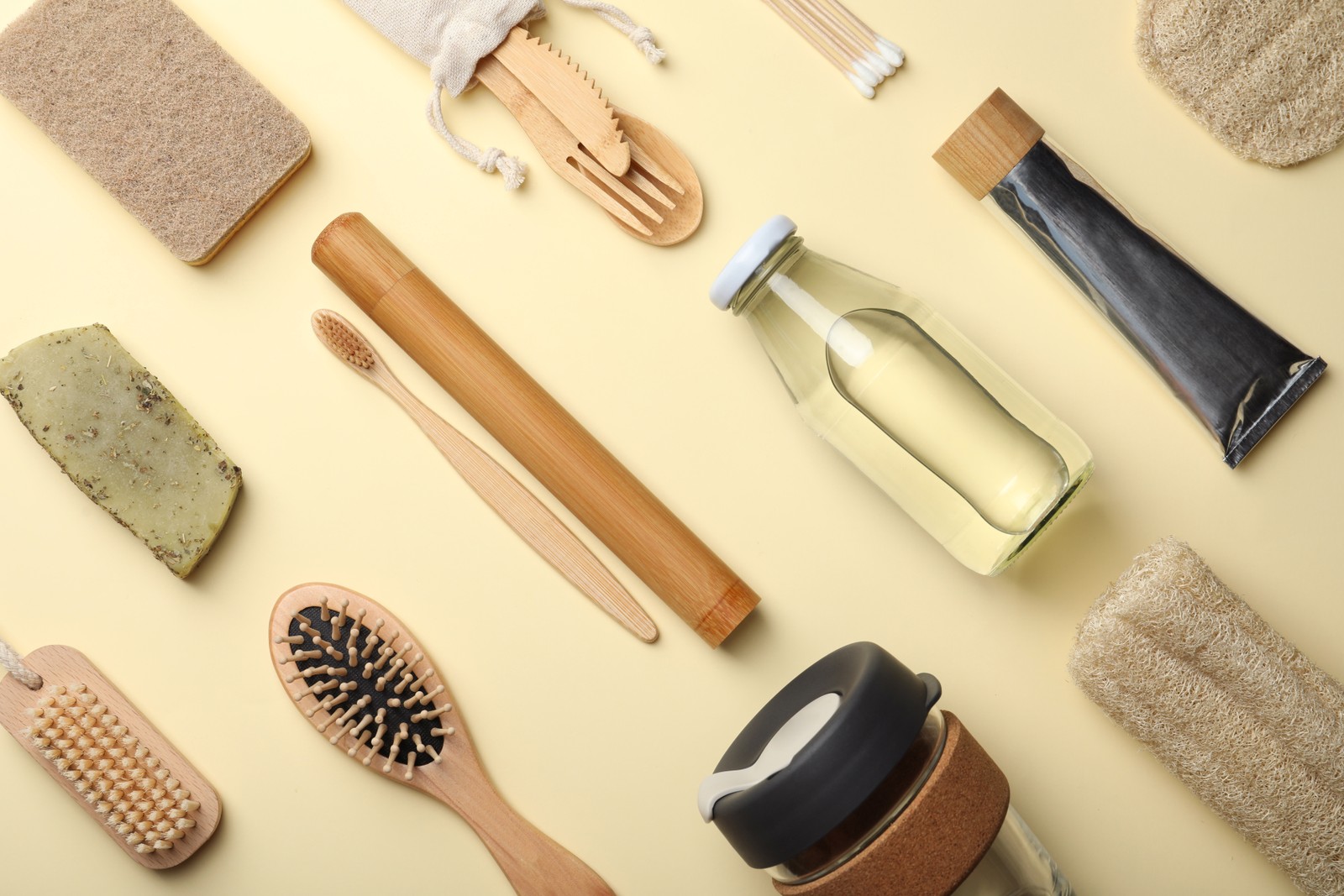
Step 5. Rot
Organic waste takes up around 30% of all garbage that a typical person produces. We throw organic waste into the bucket every day, and the majority of us don't even think about how to reduce this waste or benefit from it. Did you know that you may even use vegetable peelings? With the help of a home composter, they are converted into all-organic plant fertilizers and may reduce your expenses on buying fertilizers at specialized stores. You may also equip your kitchens with a dispenser to shred organic waste right under the sink and provide organic food for your home plants.
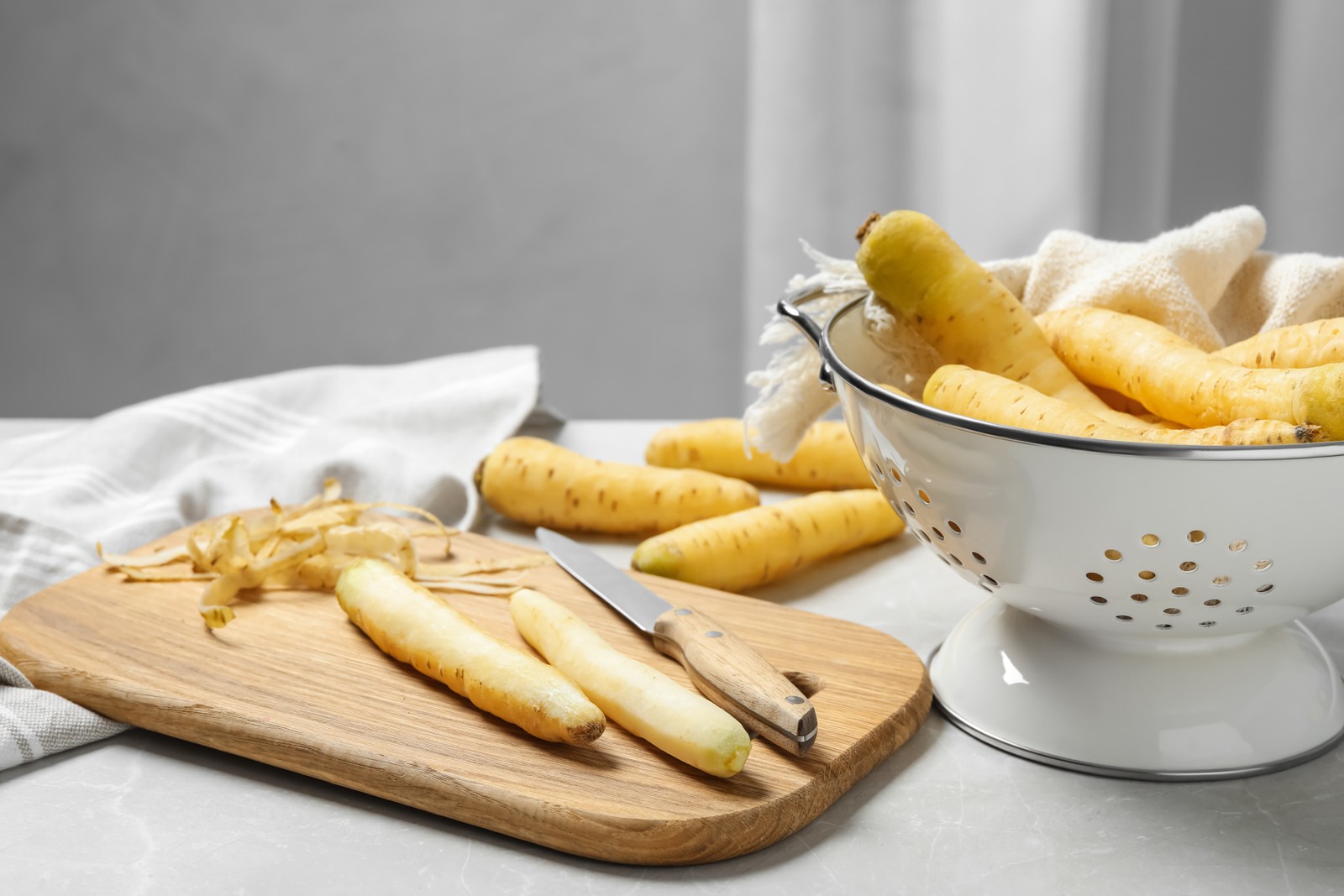
Final thoughts about zero waste living
While studying the principles of Zero Waste in more detail, it may happen that some of the ideas of eco-bloggers will seem radical and impracticable to you. There are no advisors here. Everyone decides how much they are ready to change their lifestyle and what to give up and keep; the complete adaptation to no-waste lifestyle may take up to 3-6 months. During this period, you will develop a formula for yourself and save money for more valuable purchases. The main thing is to understand why you are doing this clearly and what it is for.
We like the fact that this movement and the ideas spread by activists remain relevant and mainstream. Those volunteers who keep the rules of Zero Waste and teach other people to do the same deserve our admiration. If you want to help this movement, try a zero-waste lifestyle and spread the word about it to wider audiences. You will see how cool it is to be part of a huge eco-team and finally get freedom from material things. Not only are these good habits, but they are also another reason to take pride in the fact that you do something good every day.
You may want to check our collection of zero-waste stock photos to purchase good-quality images for your website or blog. Remember, digital products do not go to waste!
---
Africa Images is a passionate team of professionals. Our goal is to make africaimages.com the best place to buy visual materials taken by Africa Studio for individual, business, and non-commercial projects, including but not limited to informational, educational, cultural, and scientific uses.
